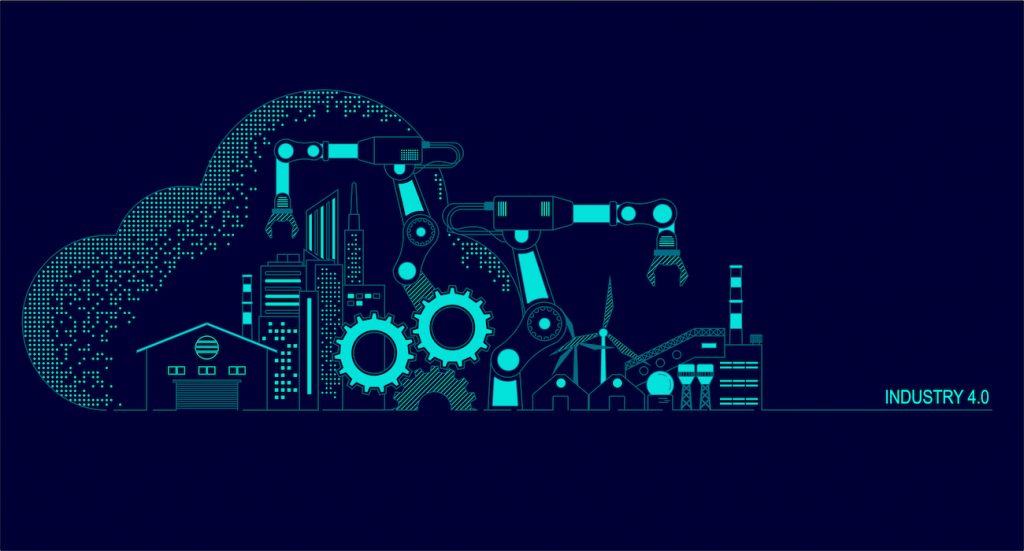Artificial Intelligence and Edge Computing in Manufacturing | SPONSORED
We’ve all heard a lot about Artificial Intelligence (AI) and its crucial role in empowering key elements of the “Factory of the Future”. And future Edge Computing is changing the way we think about what kind of digital performance can be achieved from devices at the edge of powerful 5G networks.
But what happens when you bring those two elements together as part of an overall digital revamp of the manufacturing shop floor? That’s what we wanted to know – so we went to Michal Skubacz, head of industrial software in the Motion Control business unit at Siemens Digital Industry, for some answers.
Manufacturing at the Industrial Edge
He explained that this combination of technologies is what Siemens is calling the Industrial Edge – which takes the task of analyzing machine and plant data produced by industrial IoT systems (a vital step in gaining the kinds of insights needed to drive industrial AI systems) from traditional industrial PCs to fast, secure and up-to-date industrial edge computing devices.
Michal Skubacz suggests that this kind of innovation is part of an overall digitalization push that manufacturing companies are increasingly getting behind.
“After years of hype around Industry 4.0, IoT and Big Data, digitalization in manufacturing is moving from research to implementation on the shop floor,” he says. “An increasing number of companies see digitalization from a pragmatic perspective and simply look for new ways to become more efficient, more flexible, more reliable. Traditional ways of optimizing manufacturing processes are reaching a point of saturation. Digitalization is here to help.”
Effective AI starts with relevant data
One of the major benefits of digitalization lies in the AI-driven insights that it can bring an organization. Mr. Skubacz warns, however, that for AI to really be effective, it not only needs a significant amount data, but it has to be the right data.
“AI technologies are becoming more and more an everyday tool we should not be afraid of to use. The challenge I have encountered many times into the context of AI in manufacturing is the lack of data. Even more specifically level training data. I would recommend therefore to allocate appropriate amount of time, and the resources committed to collecting and recording data samples,” he suggests.
He says that introducing AI is “not about hiring a data scientist and being happy about it”. He says that there are more and more integrated applications with AI embedded right into them. “They can solve many problems without a data scientist, but they can solve no problems without data,” he adds. “So, especially if you are in a niche, you need to spend time to collect the right data.”
Leverage proven platforms
Mr. Skubacz also suggests that manufacturers wanting to make the most of AI and intelligent edge computing should think twice about building their own solutions from the scratch – where they would take it upon themselves to assemble all of the technologies necessary for a solution.
“This may be an attractive idea for a proof of concept, but not necessarily a successful strategy on the long run,” he concludes. “I would instead recommend utilizing platforms – addressing all the basic needs, including security, hardening, all those different things, nasty things that you have to spend a lot of time and money on, but they are not really addressing your problem – and concentrating on the area of competencies, instead of building a complete technology stack on your own.”
Learn more from Siemens about Artificial Intelligence and Edge Computing in Manufacturing at Hannover Messe 2021. Check the agenda and register at no cost here.
This article is sponsored by Siemens.
About the Author
 This article was written by Geof Wheelwright, Contributing Author, a technology journalist for more than 25 years (including work for The Times of London, the Financial Times, Newsweek, Time Magazine, The Guardian and trade publications such as Computerworld and Geekwire).
This article was written by Geof Wheelwright, Contributing Author, a technology journalist for more than 25 years (including work for The Times of London, the Financial Times, Newsweek, Time Magazine, The Guardian and trade publications such as Computerworld and Geekwire).
